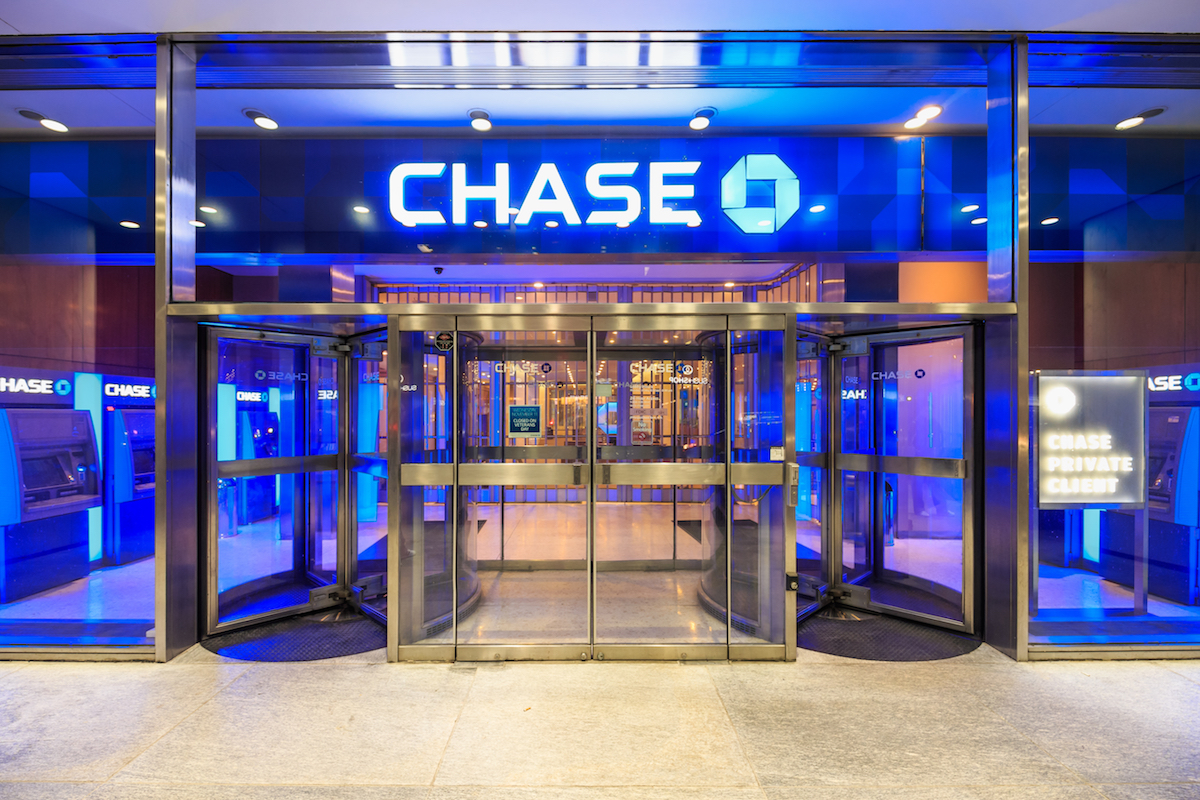Sergey Nazarov: The Crypto Oracle
/arc-photo-coindesk/arc2-prod/public/LXF2COBSKBCNHNRE3WTK2BZ7GE.png)
If digital assets are the future of finance and merging legacy financial systems with crypto is the key to this new system, Sergey Nazarov – the co-founder of the decentralized oracle network Chainlink – is one of the driving forces behind this revolution.
Chainlink (LINK) is bringing traditional finance (TradFi) firms and banks into the blockchain space, including heavy hitters such as SWIFT, DTCC, ANZ and more. The Chainlink network has enabled over $9 trillion in transaction value since 2022.
This profile is part of CoinDesk’s Most Influential 2023. For the full list, click here.
The company, Chainlink Labs, founded in 2017, and distinct from the Chainlink protocol, has come a long way from building “just an oracle” system. It is also a pioneer in Web3 services for data, compute, cross-chain interoperability and connecting capital markets to the world of digital assets.
The token securing the network and used for payment of node operators that process requests – LINK – has been one of the top performers this year, rising more than 150% with a market capitalization of $8 billion.
Chainlink is accomplishing this by adhering to its three pillars: data, computation and cross-chain interoperability, Nazarov said in an emailed statement to CoinDesk.
Nazarov is particularly proud of Chainlink’s newest offering – the Cross-Chain Interoperability Protocol (CCIP) – that banks and financial institutions are exploring to use to transact across public and private blockchains. CCIP is designed to facilitate the cross-chain applications and services, which could one day make up a global “Internet of Contracts.”
As more TradFi institutions enter the digital world, Nazarov is seeing a growing demand for blockchain infrastructure.
In fact, the 35-year-old entrepreneur Nazarov, the son of Russian immigrants who were engineers and moved to New York in the early ’90s, expects more big financial institutions to roll-out various blockchain projects in the next year and beyond.
Nazarov believes this will start a race among banks, asset managers and financial industry titans, “which will eventually be connected back to public chains, growing the crypto industry.”
Merging the two industries won’t be a small task, even though TradFi has come a long way from brushing off digital assets as just a bubble to understanding the technology’s value proposition.
“More and more people are waking up to the realization that our current system is built on paper promises, where critical real-world outcomes are predicated on whether individuals and institutions uphold their word,” Nazarov said.
“By enabling over $9 trillion in transaction value since 2022 across a wide range of verticals, including banking, DeFi, global trade, gaming, insurance and other major sectors, the Chainlink platform is integral to realizing the verifiable web and helping to bring the largest financial institutions in the world on-chain,” he said.
For the next year and beyond, Nazarov is focused on turning CCIP into the global standard for cross-chain data and value transfer for both Web3 and traditional capital markets.
It’s fitting that he can rock both a plaid shirt and a three-piece suit, a symbol of the two worlds coming together.
Q&A
What’s your No. 1 goal for 2024?
Turning CCIP into the global standard for cross-chain data and value transfer for both Web3 and capital markets, so that in the following years we can combine Web3 and capital markets into a single global Internet of Contracts.
Give us a prediction for crypto next year:
Big financial institutions will launch various blockchain initiatives, bringing huge amounts of value onto blockchains. This will kick off a race for banks, asset managers, and financial industry infrastructures to create the best possible blockchains and smart contracts, which will eventually be connected back to public chains, growing the crypto industry.
Biggest achievement this past year
Chainlink collaborated with Swift (the global standard for financial messaging across 11,000+ banks) and more than a dozen large financial institutions on using CCIP for blockchain interoperability. Chainlink also collaborated with DTCC (the world’s largest securities settlement system, processing $2+ quadrillion annually) on bringing capital markets on-chain with CCIP. Collaboration with ANZ Bank (one the world’s largest banks with $1+ trillion in total AUM) on cross-chain tokenized asset settlement with CCIP, which was explored at Sibos. Also at Sibos, Sergey Nazarov presented a keynote on connecting all on-chain markets via Chainlink CCIP.
CCIP launched on mainnet, bringing the most secure cross-chain protocol to market to unlock the multi-chain ecosystem and onboard existing financial institutions to onchain finance. Data Streams also launched on mainnet to provide a high-performance, low-latency oracle solution for enabling ultra-fast and easy-to-use DeFi derivatives.
Chainlink has also solidified its position as a Web3 services platform for cross-chain services and all of the world’s data and computation. The launch of Functions Beta, Automation 2.0, and CCIP significantly expanded Chainlink’s platform, giving developers the ability to use Chainlink to power all their cross-chain and offchain needs and eliminating the need to introduce additional security assumptions when using multiple oracle services. As the industry-standard decentralized computing platform, Chainlink has now enabled over $9T in total transaction value.









